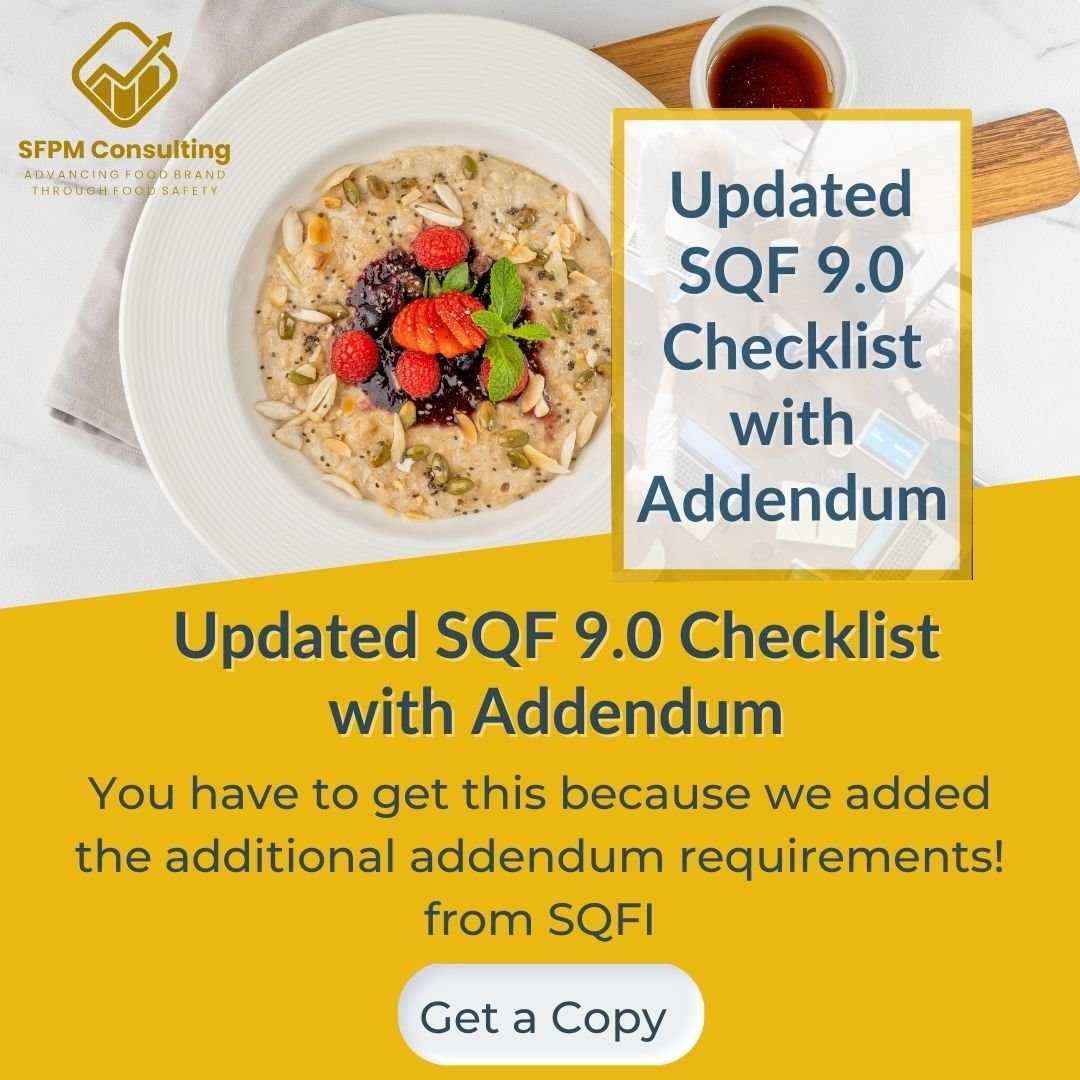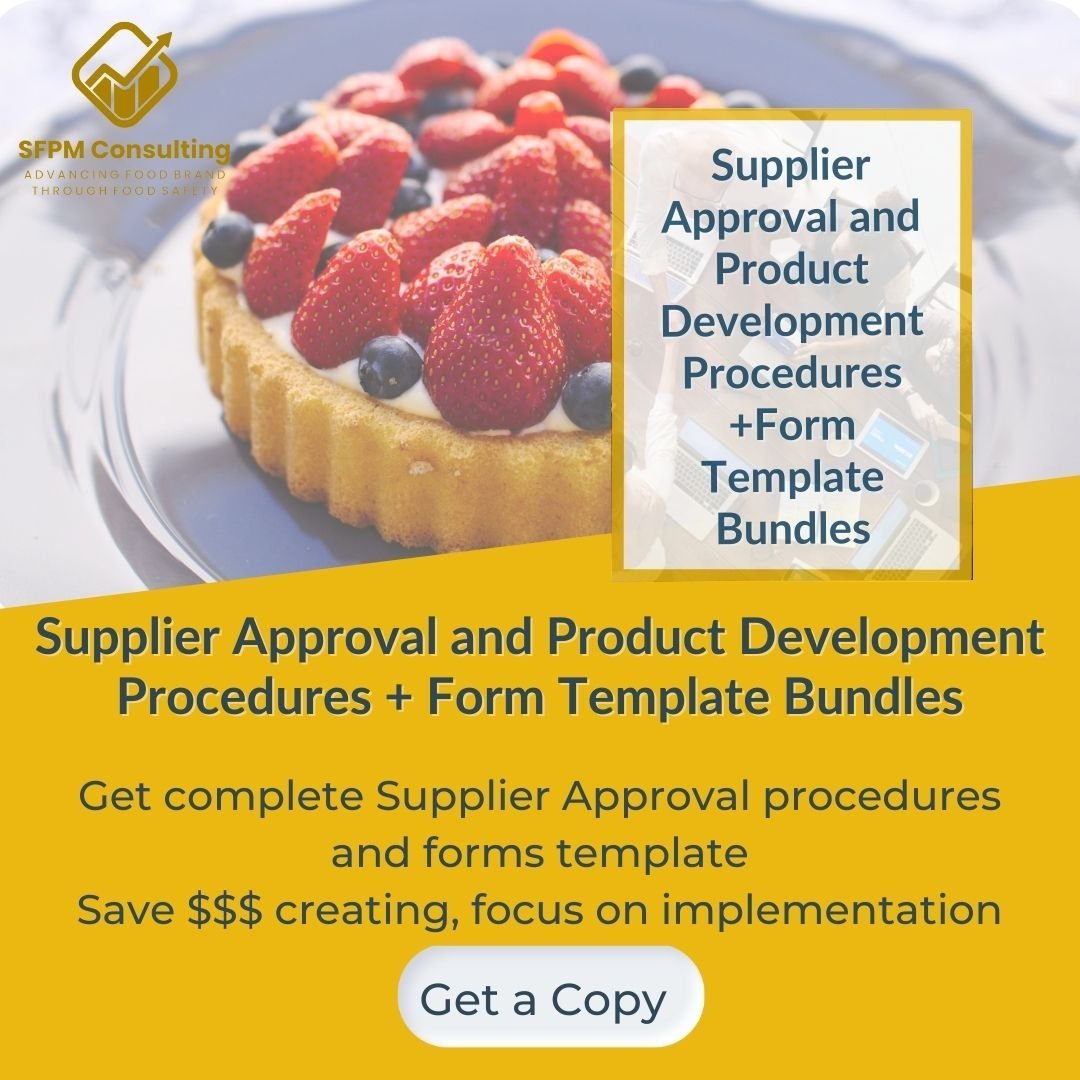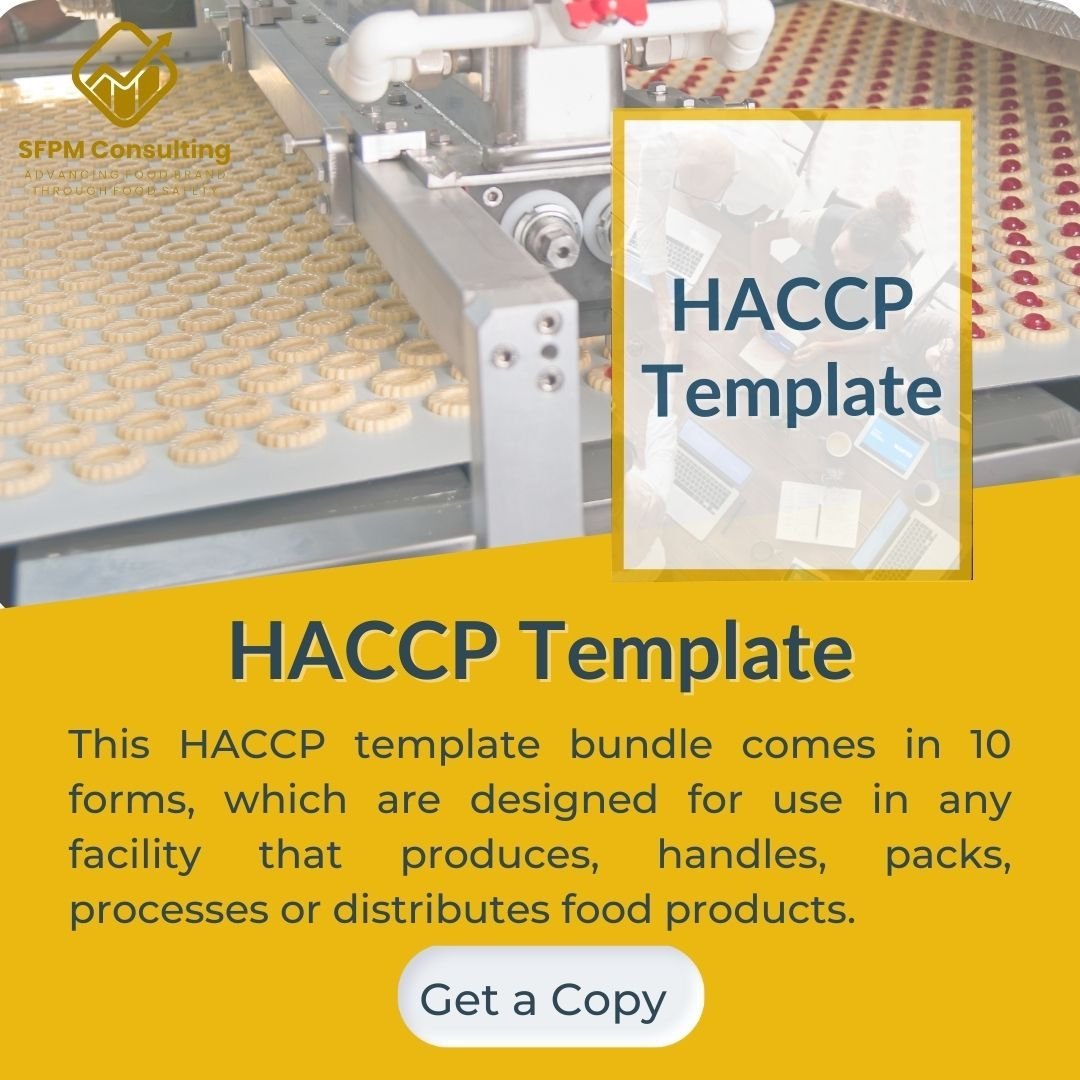Don’t let the complexity of crafting an effective food safety (SQF) objective overwhelm you. Take advantage of our extensive collection of examples and make the process easier and more efficient. Download our examples today and take a step towards enhancing your food safety practices.
Why is a Food Safety Objective Important?
A food safety objective is a vital component of any business operating in the food industry. It outlines your commitment to ensuring the safety and quality of the food products you produce or handle. By setting a clear objective, you demonstrate your dedication to meeting the highest standards of food safety and compliance.
Having a well-defined food safety objective is not only essential for regulatory compliance but also for building trust with your customers. It shows that you prioritize their well-being and are taking all necessary measures to deliver safe and high-quality food products.
Furthermore, a food safety objective serves as a roadmap for your business, guiding your actions and decisions to prevent foodborne illnesses and protect public health. It helps you identify potential hazards, implement preventive measures, and monitor the effectiveness of your food safety management system.
Setting a food safety objective also promotes a culture of continuous improvement within your organization. It encourages you to regularly review and update your processes, policies, and procedures to stay up-to-date with the latest scientific knowledge, technological advancements, and regulatory requirements.
Moreover, a well-communicated food safety objective can enhance your reputation in the industry. It demonstrates your commitment to transparency and accountability, which can attract new customers and strengthen relationships with existing ones. It can also differentiate your business from competitors and give you a competitive edge in the market.
How to Choose the Right Food Safety Objective
When selecting a food safety objective from our examples, it’s important to consider several factors:
- Business Type: Choose an objective that is relevant to your specific business. Consider your operations’ size, nature, and scope to ensure the objective aligns with your unique requirements. For example, if you are a small bakery specializing in gluten-free products, your objective may focus on preventing cross-contamination and ensuring accurate labeling of ingredients.
- Compliance: Ensure that your chosen objective complies with your jurisdiction’s relevant food safety regulations and standards. This will help you avoid legal issues and demonstrate your commitment to meeting industry requirements. For instance, if you operate in the United States, your objective should align with the Food and Drug Administration (FDA) guidelines or the United States Department of Agriculture (USDA).
- Specificity: Look for an objective that clearly outlines the specific actions or goals you aim to achieve. The objective should be measurable and achievable within a defined timeframe. For example, instead of a vague objective like “improve food safety,” a more specific objective could be “reduce the incidence of foodborne illnesses by 20% within the next year through enhanced sanitation practices and employee training.”
- Relevance: Consider the current challenges and trends in the food industry. Choose an objective that addresses these issues and demonstrates your adaptability to changing circumstances. For instance, with the increasing demand for sustainable and environmentally friendly practices, your objective could focus on reducing food waste and implementing eco-friendly packaging solutions.
- Employee Involvement: Opt for an objective that encourages employee participation and engagement. Involving your staff in the food safety process will help create a culture of responsibility and accountability. For example, you can set an objective that includes regular training sessions, open communication channels for reporting safety concerns, and recognition programs for employees who consistently adhere to food safety protocols.
By taking these factors into account, you can select a food safety objective that meets your immediate needs and sets you up for long-term success in the industry. Remember, your chosen objective should be tailored to your business, compliant with regulations, specific and measurable, relevant to industry trends, and promote employee involvement.
Customizing Your Chosen Objective
Once you have selected a food safety objective from our examples, it’s time to customize it to suit your business. Here are a few steps to guide you through the process:
- Please review and Understand: Read the objective carefully to understand its meaning and intent fully. Familiarize yourself with any industry-specific terms or concepts used.
- Adapt to Your Business: Modify the objective to align with your business operations, goals, and values. Tailor it to reflect the unique aspects of your company and the products you offer.
- Make it Measurable: If the chosen objective is not already measurable, add specific criteria or targets that can be used to assess your progress. This will help you track your performance and make improvements over time.
- Communicate and Train: Share the customized objective with your employees and ensure they understand its importance. Provide any necessary training or resources to support their involvement in achieving the objective.
- Regular Evaluation: Continuously monitor and evaluate your progress towards the objective. Adjust as needed to ensure you stay on track and meet your food safety goals.
- Integrate into Your Food Safety Management System: Incorporate the customized objective into your overall food safety management system. This involves integrating it with other policies, procedures, and practices that contribute to the safety of your products.
- Document and Communicate: Document the customized objective and associated measures in your food safety documentation. This includes updating your food safety manual, standard operating procedures, and other relevant documents. Communicate these updates to your employees to ensure everyone knows about the changes.
- Monitor and Improve: Continuously monitor your customized objective’s effectiveness and make necessary improvements. Regularly review your performance against the established criteria or targets and identify areas for enhancement.
- Stay Updated: Keep yourself informed about any changes in regulations, industry standards, or best practices related to food safety. Regularly review and update your customized objective to ensure it remains relevant and aligned with current requirements.
Remember, the objective you choose is just the starting point. Customizing it to fit your business is crucial for its successful implementation and integration into your food safety management system. By following these steps, you can ensure that your customized objective is effective measurable, and contributes to the continuous improvement of your food safety practices.
Download Our Food Safety (SQF) Objective Examples Today
Don’t waste more time trying to figure out the best food safety objective for your business. Download our collection of 20 examples and find the one that works for you. With our comprehensive range of options, you’re sure to discover an objective that aligns with your goals and helps you maintain the highest food safety standards.
Take the guesswork out of crafting your food safety objective and rely on our expertise. Download our examples today and give your business the food safety boost it deserves!
Each example in our collection has been carefully crafted by our team of experts with extensive knowledge and experience in the food safety industry. We understand the unique challenges and requirements that businesses face when it comes to ensuring the safety of their products and customers.
By downloading our examples, you will have access to proven strategies and best practices that have successfully enhanced food safety standards. You can leverage these examples to meet the regulatory requirements and go above and beyond in providing safe and high-quality food to your customers.
Furthermore, our examples are designed to be customizable, allowing you to tailor them to your specific business operations and goals. We understand that every business is unique, and the food safety objectives should reflect that. With our examples, you can easily modify and adapt them to align with your company’s values, mission, and vision.
Why waste time and effort trying to reinvent the wheel when you can leverage our expertise and download our food safety objective examples today? Take advantage of our comprehensive collection of food safety objective examples and give your business the competitive edge it needs in today’s demanding market. Download our examples now and take the first step towards achieving excellence in food safety!





